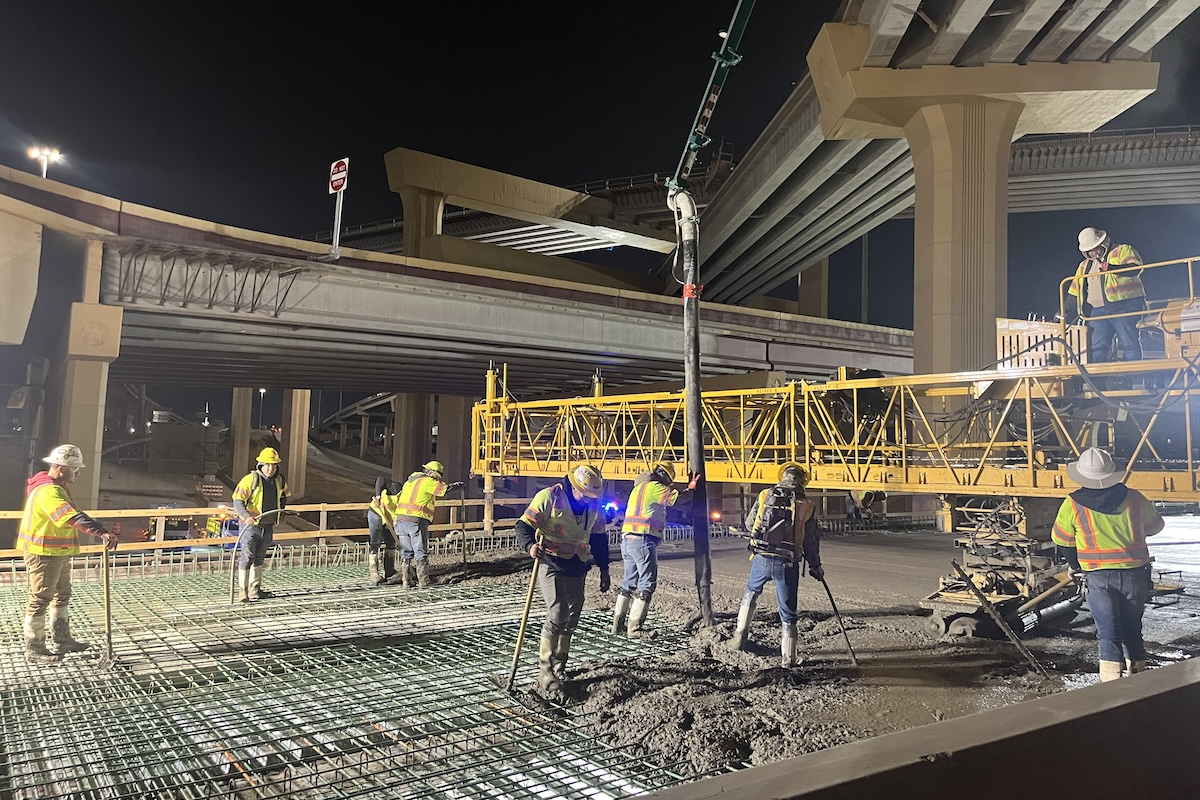This article will explore three critical reasons for this changing landscape: the impact of mergers and acquisitions, the role of e-commerce, and the influence of interest rates on renters and rental companies.
For contractors, merger and acquisition activity can result in better access to a broader range of equipment and technologies, as larger companies tend to have more inventory and newer models. This means contractors can find the specialized machinery they need for specific projects, reducing downtime and improving project efficiency.
However, the downside is that consolidation sometimes leads to reduced local service options, with fewer suppliers in the market. In some areas, this reduction in competition could lead to higher rental prices and fewer choices for contractors. While larger entities often have more resources to invest in innovative technologies and improved customer service platforms, the increased market power of these entities could lead to complacency in service quality.
To combat some of these issues, contractors should stay vigilant about potential price increases and negotiate their rates with rental providers. They should also work to foster strong relationships with multiple suppliers to lower the risks associated with over-reliance on a single provider. This strategic approach will be essential as the market continues to consolidate.

| Your local Astec dealer |
|---|
| Closner Equipment Co Inc |
With just a few clicks, contractors can check equipment availability, compare prices, and book rentals, enhancing efficiency and productivity on the job site. These e-commerce platforms typically offer transparent pricing structures, allowing contractors to make more informed decisions, find better deals, and improve budgeting for projects.
Additionally, e-commerce allows contractors to access various equipment options, including specialized machinery. This broader reach can enhance their operational capabilities and allow them to bid more competitively on projects that require unique equipment. The convenience and efficiency of e-commerce platforms are particularly beneficial for small to mid-sized contractors who require additional resources.
However, the shift toward e-commerce also requires rental companies and contractors to adapt to new ways of managing equipment logistics and maintenance. They should become adept at using digital tools to track equipment usage, schedule maintenance, and manage rental agreements and invoices. Investing in training and technology will be crucial to fully leverage the benefits of e-commerce in the heavy equipment rental market.
During periods of high interest rates, rental companies may delay or reduce investments in new equipment, potentially leading to a less modern and diverse inventory. In a report by DOZR, 58 percent of equipment rental companies said the current interest rates were likely to affect their purchasing behavior.
Despite this, 67 percent of those rental companies expressed that they were likely to invest in equipment in 2024, indicating that while high interest rates make it harder for rental companies to buy equipment, they have no choice but to invest in their fleet. However, it may change the type of equipment bought, affecting the availability, quality, and types of equipment available to contractors.
For contractors, increased interest rates can impact project budgets and profitability. In the same report by DOZR, 50 percent of contractors declared that current interest rates were likely to affect their equipment purchasing decisions, and 58 percent said the interest rates would affect their bidding decisions.
However, 56 percent of contractors said they were likely to purchase equipment at some point this year, signifying that the need to buy equipment may outweigh the desire to not spend. It also means that contractors who rely on financed rentals or lease-to-own arrangements will see higher borrowing costs, making it more expensive to access the necessary equipment. This can strain their cash flow and limit their ability to bid on new projects. An alternative to this issue could be an increased focus on renting equipment until interest rates go down, whether that’s directly through rental companies or e-commerce marketplaces.
Additionally, fluctuating interest rates create uncertainty in financial planning, requiring contractors to develop more flexible and resilient budgeting strategies. Contractors must closely monitor interest rate trends and work with financial advisors to manage the impact on their operations. Because of this, contractors may need to explore alternative financing options such as fixed-rate loans to mitigate the risk of rising interest rates.
As the industry continues to evolve, contractors who proactively adapt to these changes will be well-positioned to thrive in the increasingly competitive and dynamic construction environment.
Leading the way in e-commerce and marketplace solutions for heavy equipment rentals, Kevin Forestell is the CEO and Co-Founder of construction tech company DOZR. With DOZR, Kevin aims to bring heavy equipment within reach for anyone, anywhere, anytime, at the click of a button. For more information, visit DOZR.com.






































































